Habitat, HomeForm, TJ Hughes: why is it H-H-Hell on the high street?
It’s hard to dispute that the last couple of weeks has been a torrid time for the UK high street, with a succession of well-known names either announcing bad news or collapsing into administration.
While HMV has a stay of execution for now, other retailers in that section of the alphabet – Habitat, HomeForm, Haldanes and TJ Hughes – have teetered, joined by others such as the clothing chains Jane Norman and Life & Style.
Comet and Thorntons, meanwhile, look set to follow Mothercare’s recent lead in radically slimming down their UK store estates. When Thorntons becomes the most popular trending topic on Twitter, as it was earlier this week, you really know that the high street’s travails have entered mainstream discussion.
So, what are the key headlines from, arguably, the most intense period of bad retail news since a flurry of retailers – among them Woolworths, Zavvi, Whittard’s and Adams – all collapsed in the final weeks of 2008?
- The iconic furniture brand Habitat, and three of its central London stores, have been bought by Home Retail Group, owner of Argos and Homebase, for £24.5m. However, the remaining 30 UK stores are in administration and threatened with closure, with 750 jobs at risk. Harrogate, Edinburgh and York are among the locations affected, but there have been no Habitat stores in the North East since the Eldon Square branch in Newcastle closed in the late 1980s.
- HomeForm, the private equity-owned home improvement business that owns brands such as Moben, Kitchens Direct and Dolphin filed for administration on 23 June, putting 160 showrooms and 2,800 jobs in danger. Locations in the North East include Darlington, Gateshead, Middlesbrough, Newcastle and Sunderland.
- TJ Hughes, the Liverpool-based discount department store chain, collapsed into administration on Thursday morning, two days after announcing that it was planning to appoint administrators. The chain has 57 stores, which employ 4,000 people and account for almost 2 million square feet of retail floorspace – slightly more than the entire sales area of Metrocentre. TJ Hughes stores in Newcastle, Sunderland and Middlesbrough are among those at risk.
- Young fashion chain Jane Norman collapsed into administration earlier this week. On Tuesday, it was announced that Edinburgh Woollen Mill had bought 33 of the 94 shops, saving nearly 400 jobs, with a possibility of buying 28 more stores. However, the remaining 33 sites will close – including the branch in Newcastle’s Eldon Square – and the future of Jane Norman’s 82 department store concessions is uncertain.
- Clothing and homewares chain Life & Style – the rebadged Ethel Austin – collapsed into administration for the third time in as many years last month. 22 of the rump business’s 90 stores are already closing, with 274 staff losing their jobs.
- A week ago, Kesa-owned electricals chain Comet reported a 6.8% fall in sales compared to a year before, and annnounced plans to close 17 stores and downsize 9 others.
- On Tuesday, chocolatier Thorntons revealed that it would close up to 180 shops over the next three years, accounting for almost half of its entire company-owned store estate. The additional 227 franchisee-owned stores are not affected.
All these stories are worthy of a discussion in their own right – and will more than likely crop up again in future blog posts – but, looked at as a whole, what do they tell us about the condition of UK retail right now?
Whenever a familar high street name is in danger, it’s easy to wheel out all the usual arguments about the effects of online shopping, supermarkets’ assault into non-food, and the bane of quarterly rent payments or upward-only rent reviews.
Squeezed consumer spending is clearly also a huge issue at present. The sectors that Comet and HomeForm inhsbit – electricals and home improvement – are both among the most challenging places to be right now, as demonstrated by difficult trading at Dixons, Best Buy’s struggle to make an impression in the UK, and the recent collapse of Focus DIY.
Without a doubt, these economic or market factors have all contributed to the recent bad news, but they don’t explain why some retailers are collapsing when plenty of others are, if not exactly thriving, at least weathering the economic storm. The John Lewis Partnership, for example, today published its healthiest weekly sales figures for some time, with the Delia effect at Waitrose and the launch of the John Lewis Clearance pushing up turnover by 12.5% compared to a year ago.
Just as John Lewis can usually be relied upon to deliver good news, it’s very rarely a complete surprise when a particular retailer goes under. Look at this week’s casualties, and you’ll see that most of them share one or more of the same attributes:
- Lack of clarity regarding the brand or proposition
- A perception of being a ‘legacy’ retailer
- Stronger competitors within their sector
- A reputation simply for being cheap, rather than offering value
- Instability and a lack of strategic direction through constant changes in ownership or management.
In its heyday in the 1960s and 70s, Habitat, for example, was truly a design and retail innovator. However, squeezed between Ikea at the value end and Heal’s and John Lewis at the top end, Habitat has since struggled to define its niche. Meanwhile, a shrinking store estate over the years – 33 now, from a recent peak of 42 – has reinforced the impression of a business in decline.
Jane Norman, too, has seemingly lost sight of the reasons that made it successful in the first place, with my female friends bemoaning what they see as its move downmarket – a dangerous shift, that brings it into more direct competition with bigger, and cheaper, chains such as Primark, Peacocks and New Look.
Those big names in the clothing sector have also caused difficulties for TJ Hughes and Life & Style – raising their fashion credentials in order to offer customers all-round value, and leaving behind those retailers that have sought to compete primarily on price. Add in Life & Style’s record of previous collapses (as Ethel Austin), and the fact that TJ Hughes has had four owners in the last decade, and there’s little wonder that both have become distracted from what needs to be their core focus – being top-notch retailers.
In Thorntons’ case, many of its difficulties seem self-inflicted, throwing away the upmarket cachet of its brand by spreading itself too thinly. Creating a bloated estate of 600 shops would be unwise enough, particularly when quite a lot of them offer uninspring store environments in unglamorous locations. However, letting your product be sold in supermarkets and Wilkinson was always likely to be a disaster – undermining your brand’s reputation for quality while simultaneously removing the need for shoppers to visit your own stores.
What does all this mean, looking forward? Well, those retail businesses that simply aren’t up to scratch in terms of proposition, brand, strategy or customer experience will need to up their game in order to survive. However, there’s no reason why those businesses that are well-run and have a clear reason to exist shouldn’t continue to prosper.

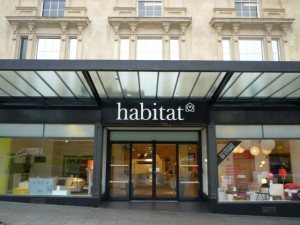


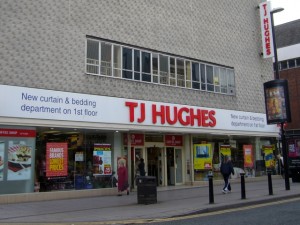
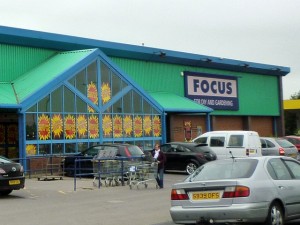



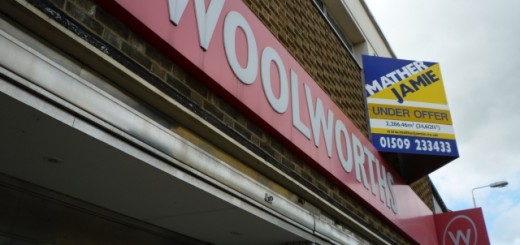





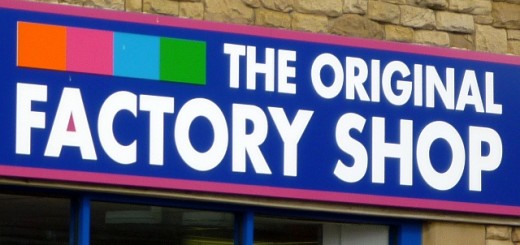

Its so easy to be distracted by price, and try to compete with the big chains. Even consumers these days seem to neglect value for price at first, only learning afterwards that you get what you pay for.
So slow moving consumer goods like electricals and furniture, the buy cycle is slow slow that people live with a poor purchase for a long time.
So, even upmarket retailers need a value proposition.
But, some of these failing retailers have got it badly wrong. Trying to keep an upmarket image whilst taking price and quality down is poor business.That is what did for Habitat in the end.
Too right about Thorntons. Tesco were selling Thornton’s £20 chocolate selections for £6.99 in the run up to Christmas. I bought three for family members for less than a pound more than Thorntons stores were charging for 1. Even I was flabberghasted
Nice post Graham, and indeed difficult times for retails of all shapes and sizes at the moment.
It seems there is a little bit of a ‘perfect storm’ going on in retail with interest rates, rents, changes peoples aspirations, public attitudes towards borrowing/spending and worries about the future of the economy all adding up to very turbulent times.
I guess on the positive side though, all of these big closures will potentially make way for some smaller and arguably more exciting niche businesses and possibly very different approaches to the way we shop.